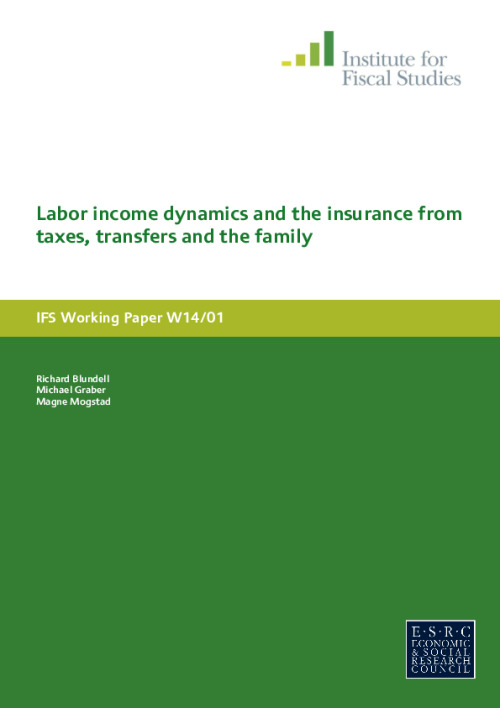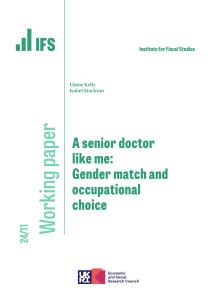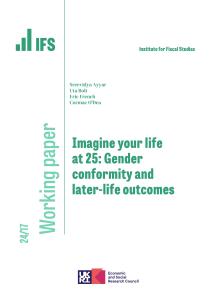What do labor income dynamics look like over the life-cycle? What is the relative importance of persistent shocks, transitory shocks and heterogeneous profi les? To what extent do taxes, transfers and the family attenuate these various factors in the evolution of life-cycle inequality? In this paper, we use rich Norwegian data to answer these important questions. We let individuals with di fferent education levels have a separate income process; and within each skill group, we allow for non-stationarity in age and time, heterogeneous experience profi les, and shocks of varying persistence. We find that the income processes diff er systematically by age, skill level and their interaction. To accurately describe labor income dynamics over the life-cycle, it is necessary to allow for heterogeneity by education levels and account for non-stationarity in age and time. Our findings suggest that the progressive nature of the Norwegian tax-transfer system plays a key role in attenuating the magnitude and persistence of income shocks, especially among the low skilled. By comparison, spouse's income matters less for the dynamics of inequality over the life-cycle.












